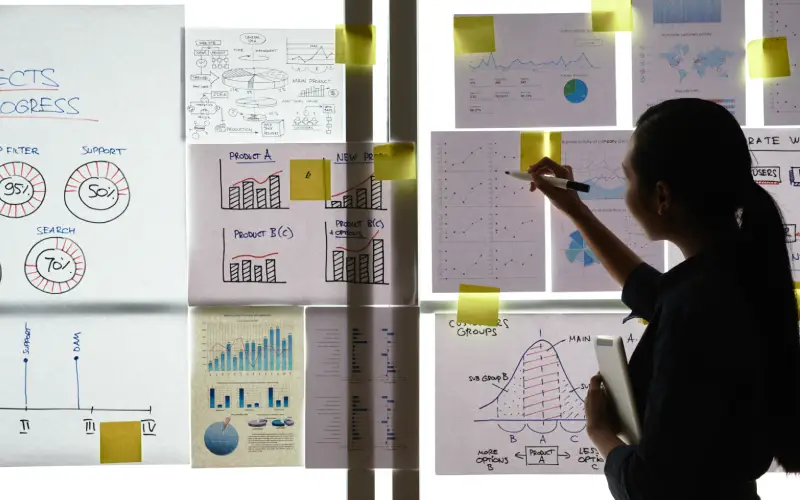Navigating Project Disruption — The Power of Spotting Barriers Before They Stall You
Jul 1, 2025 | Upendra Giri |
Introduction
Project delivery isn’t just a set of tasks—it’s a momentum game. And in that game, delays, detours, and dead ends are inevitable. But what separates teams that crawl from those that cruise is how they handle what’s in the way.
Every project hits resistance. Sometimes it’s quiet—a vague requirement, a distracted team member. Sometimes it’s louder—a delayed decision, a system outage. Most teams react. Exceptional teams prepare.
In this blog, we’re breaking down how to recognize and respond to three common friction points—impediments, obstacles, and blockers—before they derail your timeline, budget, or team morale.
- Impediments: The Quiet Energy Leaks
Impediments are subtle. They don’t announce themselves with red alerts or missed deadlines. Instead, they show up in strained conversations, fuzzy priorities, and the constant feeling that the team is “almost there” but not quite moving.
Impediments are typically internal to the team:
- Ambiguous requirements
- Lack of role clarity
- Cumbersome documentation processes
- Skills that don’t quite match the task
They slow velocity without stopping it—and that’s what makes them so dangerous. Because no one sounds the alarm, they go unaddressed. But over time, they drag down delivery and morale.
Strategy: Build micro-feedback into the team rhythm. Use daily check-ins to ask: “What’s slowing us down?” Reward honesty. Empower the team to solve what’s within reach and surface what isn’t.
- Obstacles: The Strategic Roadblocks
Obstacles are bigger. They may be outside the team’s direct control, but they’re not immovable. Think:
- Waiting on cross-functional input
- Procurement delays
- Policy mismatches
- Stakeholder misalignment
You can’t bulldoze these—but you can plan for them. And when you do, you protect the team’s momentum.
Strategy: See obstacles before they appear. Map dependencies. Clarify stakeholder expectations. Create influence maps so when you need a decision or a favor, the relationship groundwork is already laid.
Obstacles test your foresight and your agility. Make them part of your planning, not just your damage control.
- Blockers: The Non-Negotiables
Blockers are full stops. Your team can’t go around them, over them, or underneath them. Until something changes, progress is frozen.
Common blockers include:
- System outages
- Legal holds
- Missing compliance signoffs
- Absent decision-makers
- Budget not released
Blockers create frustration, burn morale, and cost time.
Strategy: Escalate early and track visibly. Waiting too long to escalate wastes precious velocity. Set thresholds: when a task can’t move for X hours or days, it’s elevated. Use a visible issue log so leadership sees what’s stuck—don’t hide the friction.
Final Thoughts: Create a Culture That Surfaces Friction Early
Project velocity isn’t about speed—it’s about flow. Your real job isn’t just to organize work. It’s to clear the path for it.
That means building a team culture where people name what’s blocking them. A rhythm where issues are expected—not feared. A mindset where escalation isn’t failure—it’s fuel.
Every friction point is an opportunity: to improve clarity, build trust, and show your team that their time and energy matter. When issues get surfaced early and resolved quickly, momentum becomes natural.
Because successful project delivery doesn’t happen when nothing goes wrong. It happens when you remove what gets in the way—fast.
Founder & CEO, Upbuild Global Inc. & Awardee of PMIs Eric Jennet Award of Excellence





0 Comments